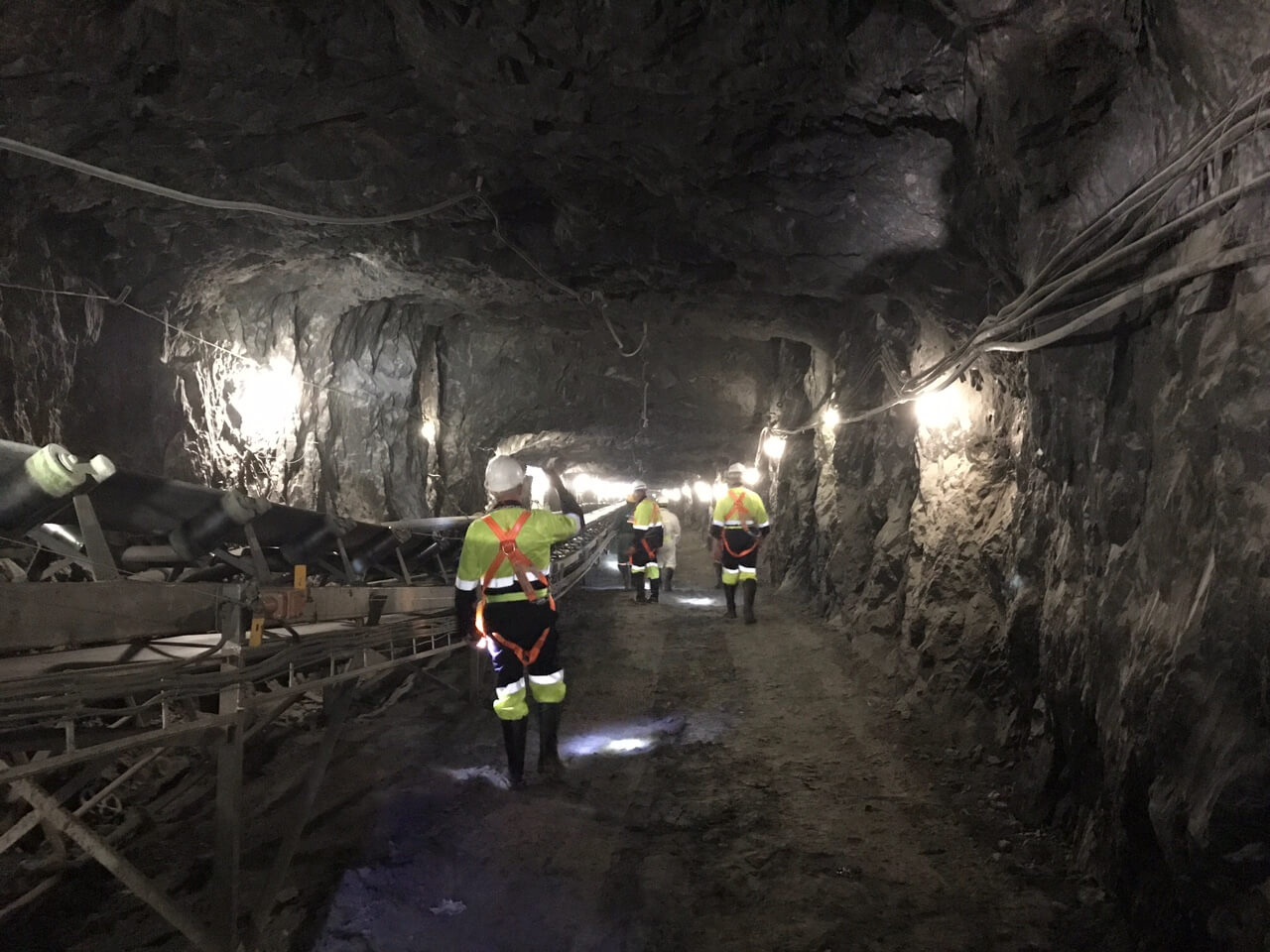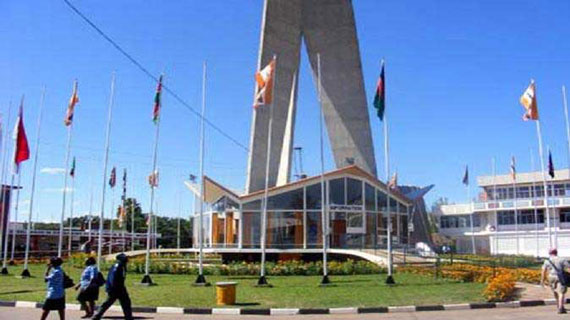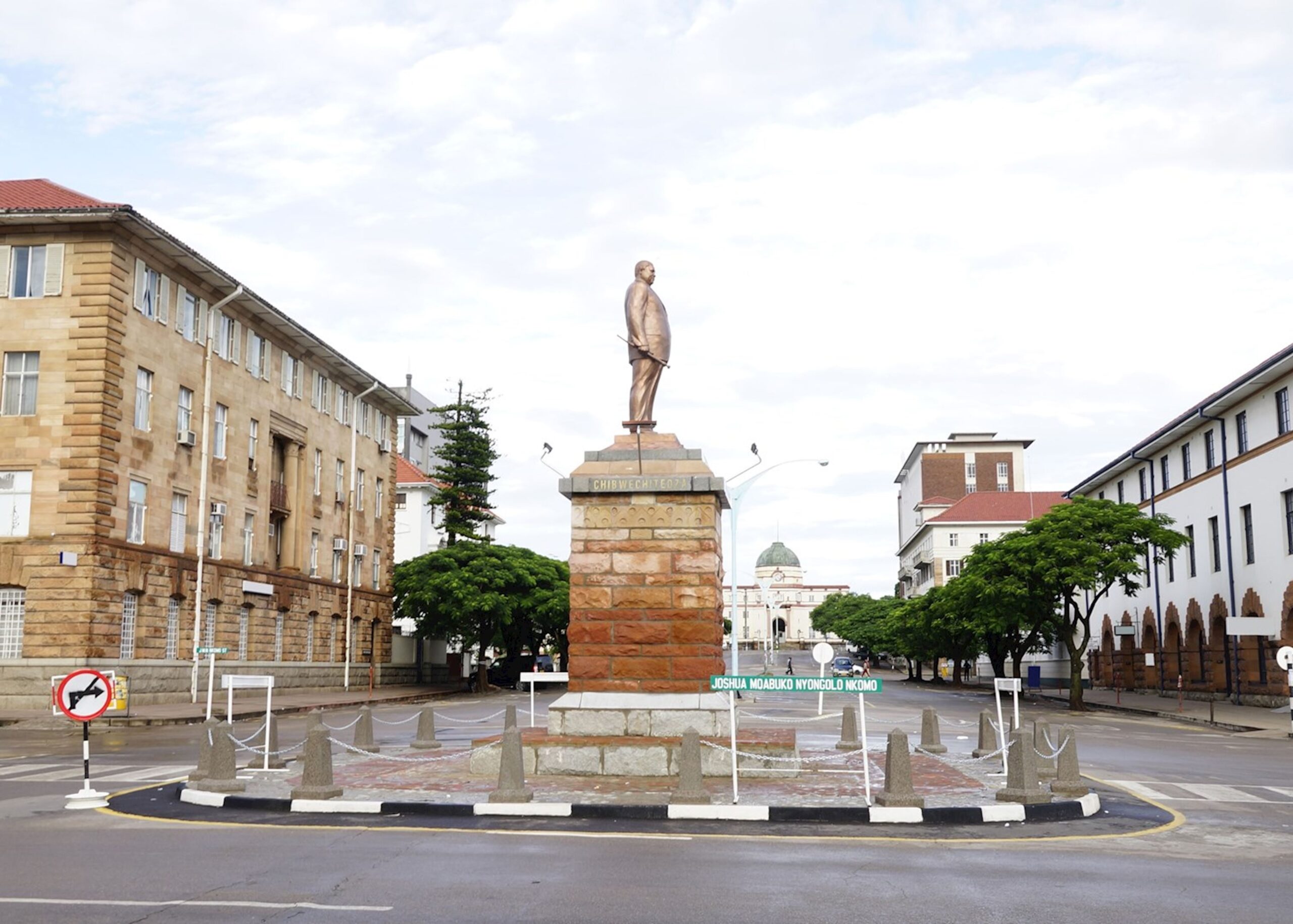Bulawayo ranks second in GDP contribution
Bulawayo Metropolitan Province has emerged as the second largest contributor to the real national gross domestic product (GDP), with the city’s economy anchored on five key sectors, where wholesale and retail trade take the lead.
This was revealed by the (CZI) in a survey titled “Putting Bulawayo Economy into Perspective.” The survey highlighted that Bulawayo, as the second largest city, has consistently been the second highest contributor to GDP after Harare in the three years spanning from 2021 to 2023.
Among the sectors significantly contributing to the city’s economic activities are manufacturing, information and communication, financial and insurance activities and wholesale and retail trade.
In a presentation by CZI chief economist Dr Cornelius Dube, wholesale and retail trade contributed 33,1 percent to the city’s economy in 2023, followed by manufacturing at 13,3 percent, finance and insurance activities at 10,6 percent, information and communication at 9,2 percent, and construction at 5,3 percent.
Regarding manufacturing sector capacity utilisation, Bulawayo stands at 45,8 percent, according to the CZI 2024 Manufacturing Sector survey, with Mashonaland East leading at 75,6 percent.
In his comments, Bulawayo businessman and former Zimbabwe National Chamber of Commerce Matabeleland Region vice president, Mr Louis Herbst, stated that reviewing Bulawayo’s and Matabeleland’s economic contributions to the GDP requires a broad perspective, decentralised decision-making and a robust support system for SMEs.
“Bulawayo’s economy is primarily driven by SMEs, which are the main source of employment and growth,” Mr Herbst said.
He emphasised that to fully unlock the city’s potential, targeted support and investment are needed in the five key sectors identified by CZI: Construction, manufacturing, ICT, agriculture, tourism and finance and insurance.
“These sectors require modernisation and expansion to ensure sustainable development.” He cautioned that relying solely on wholesale and retail industries is no longer viable; while they provide significant employment, they lack long-term resilience and diversification.
Mr Herbst pointed out that a significant obstacle has been the centralisation of decision-making in Harare, which often causes delays and rejects projects well-suited to Bulawayo’s unique economic landscape.
“Decentralising authority is essential to enable local leaders and industries to respond quickly and tailor strategies to local needs,” he asserted.
“Bulawayo’s distinct environment demands this flexible approach, as what works in Harare may not succeed here.”
“Immediate priorities include revitalising the industrial sector, which contributes around 26 percent to the city’s GDP, through investments in modern technology and productivity improvements.”
He acknowledged that: “The Government is working on long-term solutions to infrastructural issues like energy and water shortages. Short-term measures, such as emergency power and water management, are critical, but must be complemented by sustained investments in renewable energy and water infrastructure for lasting resilience.”
While acknowledging that wholesale and retail sectors dominate employment, Mr Herbst argued that they are insufficient for future growth.
He posited that Bulawayo’s strength lies in its industrial base and its potential to become a regional hub in construction, manufacturing and ICT.
A strategic approach combining infrastructural upgrades, industrial modernisation and decentralisation of decision-making will foster resilience, create new opportunities and secure long-term prosperity.
“Empowering local decision-makers and reducing bureaucratic delays will accelerate development and better serve Bulawayo’s specific needs,” Mr Herbst stated.
“With ongoing efforts to address infrastructure challenges and a focus on the five key sectors, Bulawayo can position itself as a resilient, regional economic hub — ensuring sustainable growth, regional stability and shared prosperity for all.”
Other key points highlighted by CZI include the average age of manufacturing plants, with Bulawayo possessing the oldest plants at 22 years, compared to Mashonaland Central’s 11 years.
Employment capacity for Bulawayo in 2024 stood at a labour force participation rate of 63 percent against the national rate of 48 percent and an employment to population ratio of 45 percent, against the national ratio of 37 percent.
CZI Matabeleland Chapter vice president, Mr Clive Oxiden Willows, commented: “As far as manufacturing is concerned, Bulawayo is in critical care and in need of life support to survive in the form of retooling, which can only be achieved with long-term loans (15 to 20 years) with low interest rates of about five percent. Retooling continues to be a crucial topic as industries seek to modernise their plants for improved efficiency.”-chrocnile












